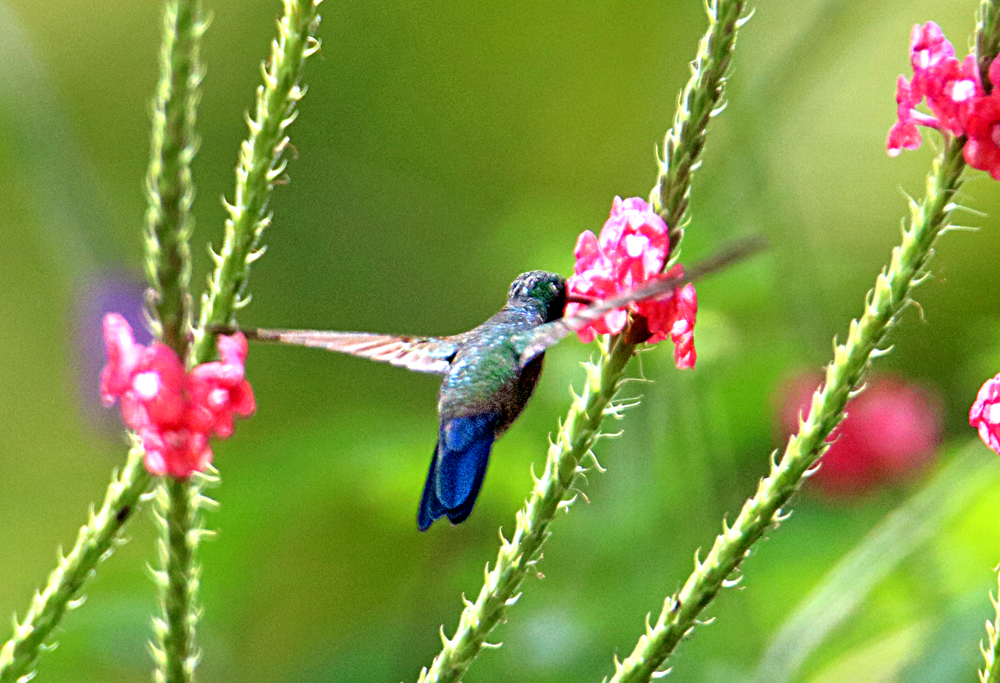This Rufous-backed Wren (my gallery link) stopped in one of my Nance Trees, not for a berry (wrong time of year) but for an insect snack out of the little Air Plant growing on the tree. 🙂
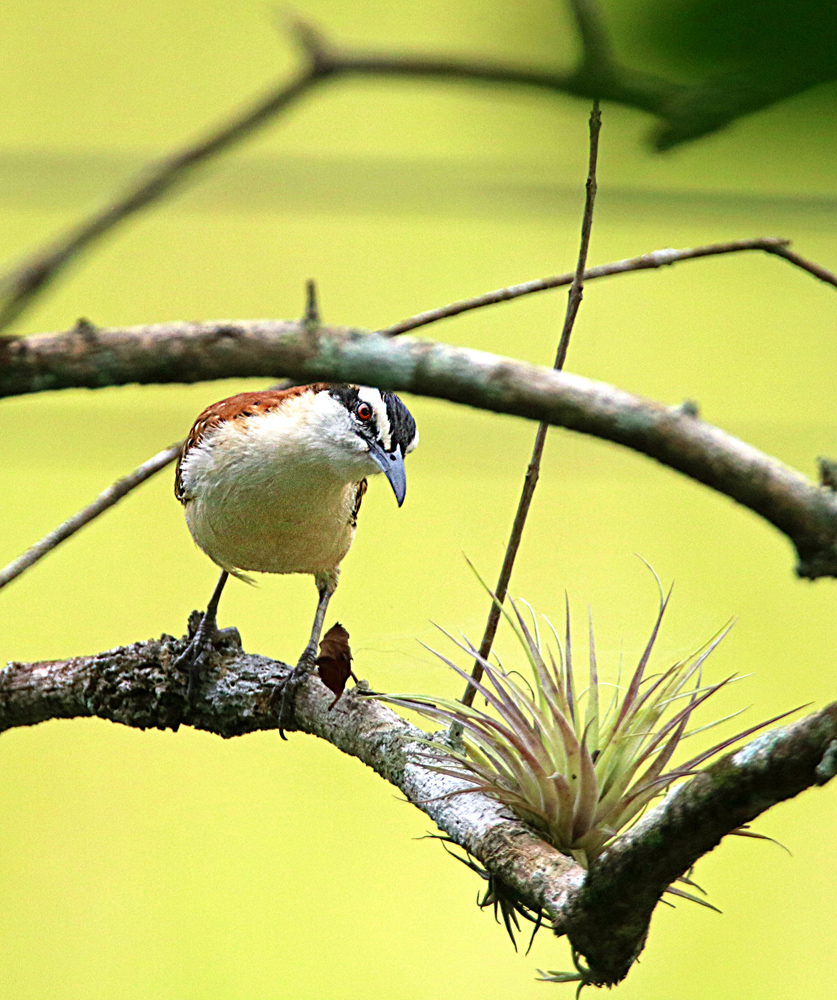
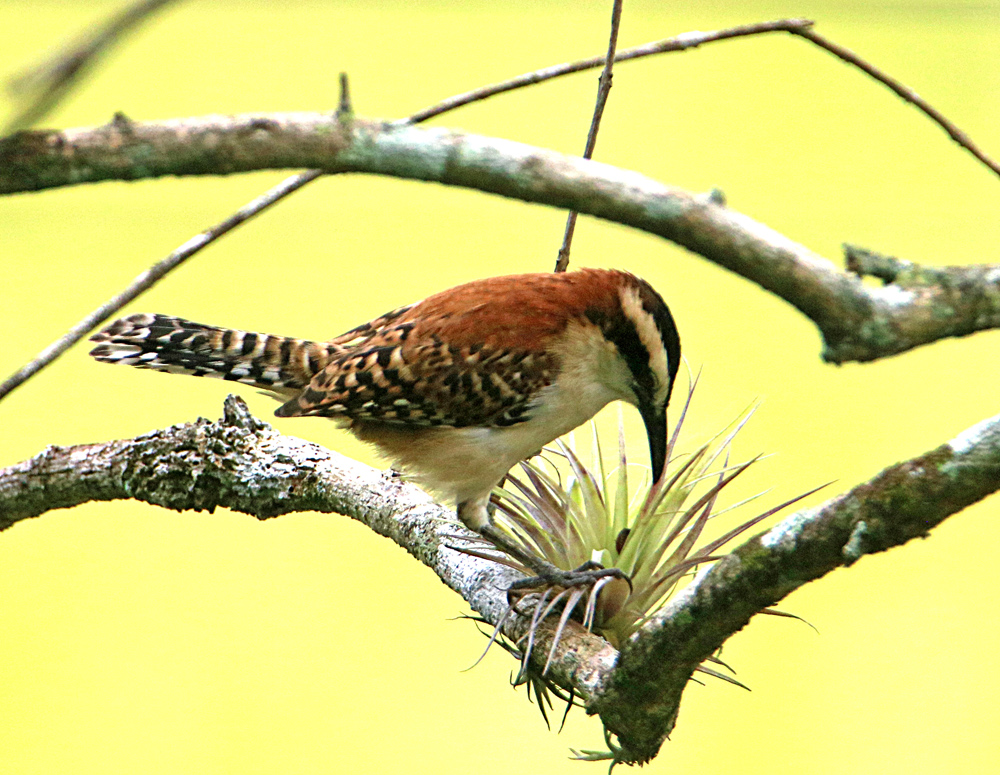
¡Pura Vida!
This Rufous-backed Wren (my gallery link) stopped in one of my Nance Trees, not for a berry (wrong time of year) but for an insect snack out of the little Air Plant growing on the tree. 🙂


¡Pura Vida!
I’m glad this favored bird visits my garden often enough for me to see at least once a month now! See more photos from multiple locations in my gallery: Lesson’s Motmot, Momotus lessonii. Purely a Central American bird, found only from Panama to Southern Mexico.
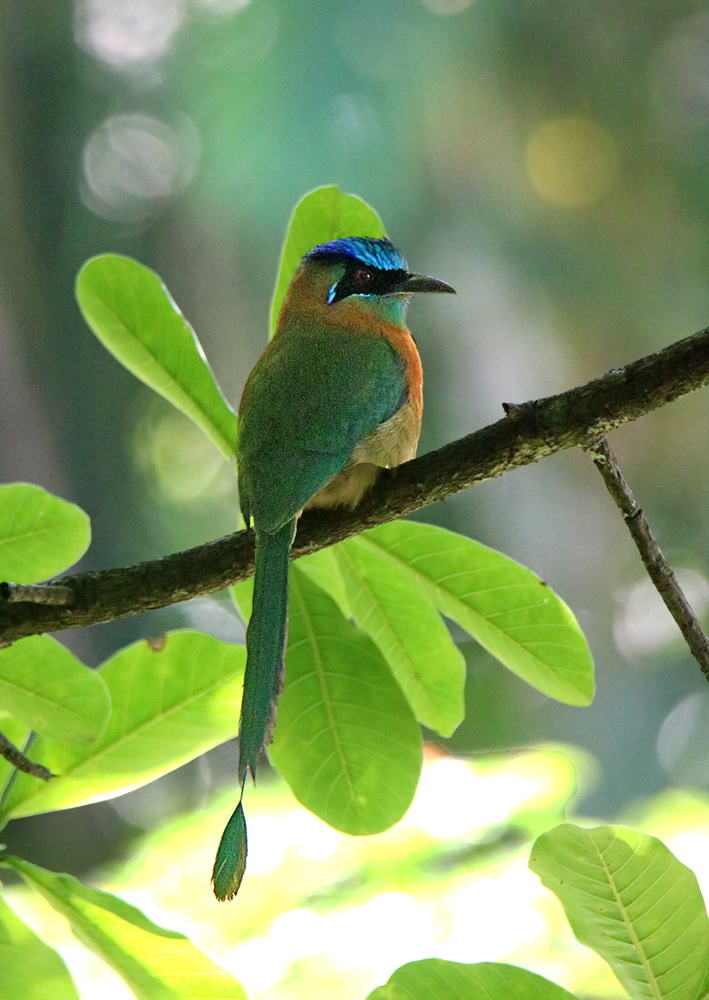
He’s becoming a favorite among the flowers and not sure he comes to the feeders that are dominated by the Rufous-tailed. See more photos from this week in the GALLERY: Blue-vented Hummingbird.
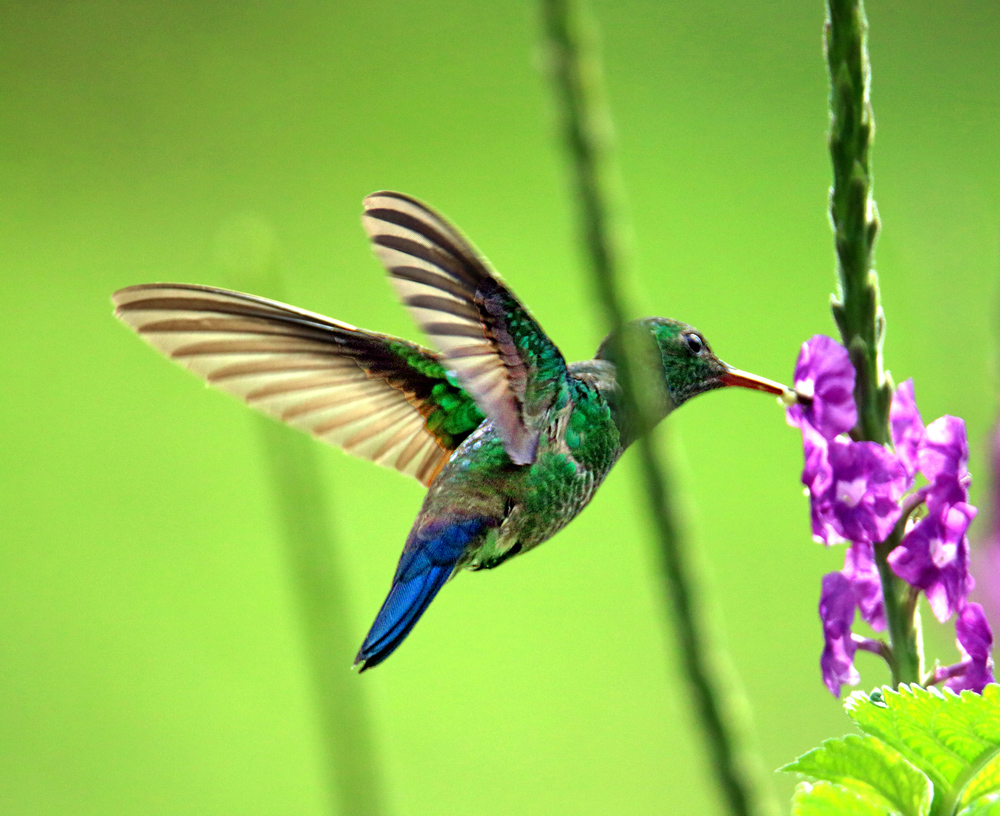
¡Pura Vida!
When I look at only the head, I think this is a Black Vulture, but the arrangement of white feathers (in shadows) on the wings show that it is a Turkey Vulture and the lack of a red head, makes it a juvenile. Vultures fly overhead regularly, helping to keep the neighborhood clean. 🙂 And they make flying look so easy and graceful that I can’t stop trying to photograph them, even though seldom a good photo with shadows and movement, but fun anyway! 🙂 And my Turkey Vulture Gallery of course!
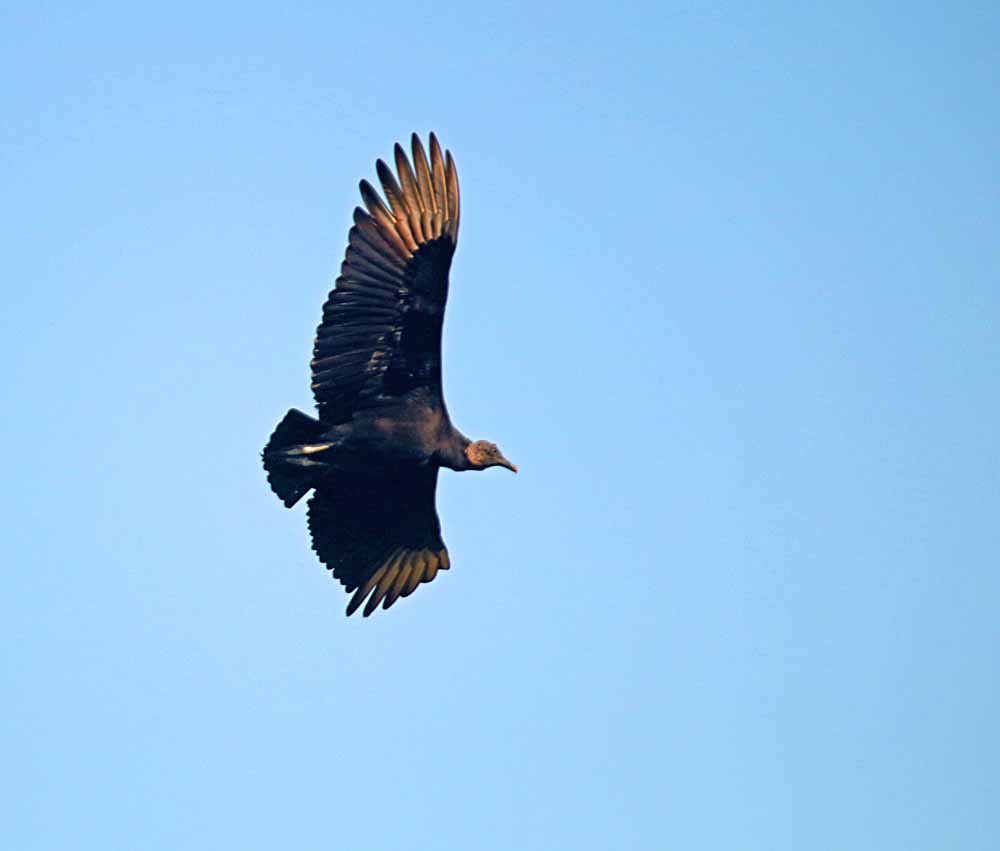
¡Pura Vida!
Continue reading “Juvenile Turkey Vulture”“The Clay-colored Thrush in Costa Rica eats a varied diet of insects, earthworms, and other invertebrates, supplemented by fruits and berries. They are found in diverse habitats across the country, including forests, open woodlands, gardens, and urban areas. They forage primarily on the ground by hopping and probing leaf litter, but also eat fruit from trees.” ~Google AI Overview. See more photos in my Gallery Clay-colored Thrush.
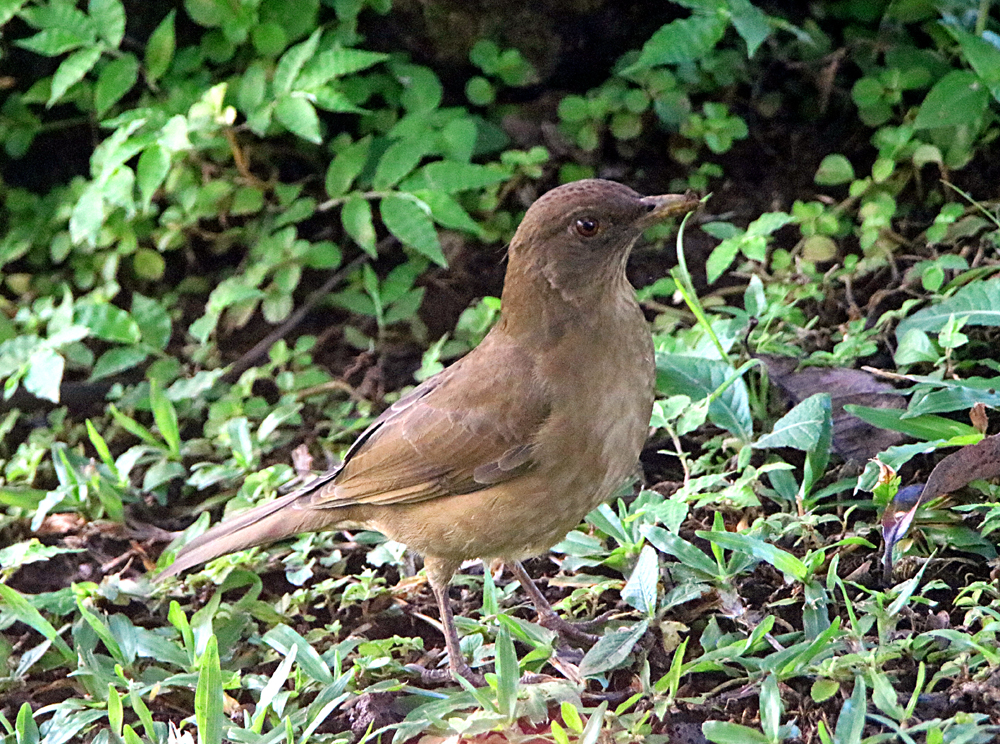
¡Pura Vida!
The adult males are a strong black & blue while the adult females are brown. It is the immature males that have the mottled brown, blue & black look like this. See more photos in my Blue-black Grassquit Gallery. Including my favorite shot of females lined up on a barbwire fence at Carate adjacent Corcovado National Park back in 2009 on my first trip to Costa Rica. 🙂
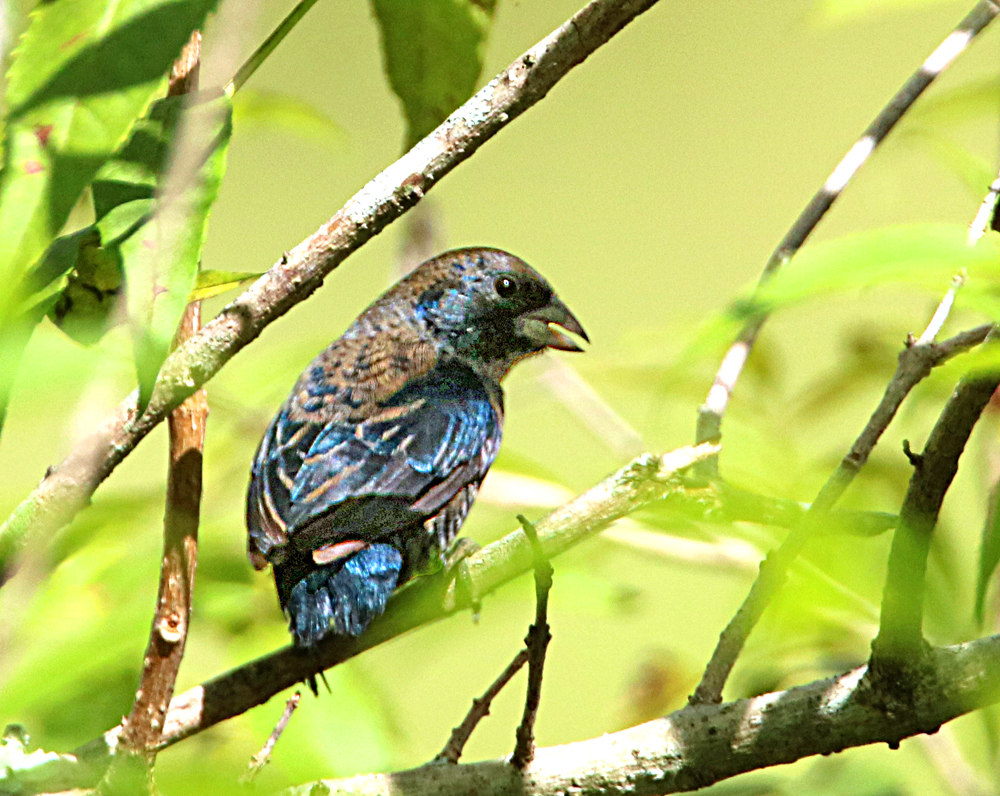
¡Pura Vida!
From the front view, the Great Kiskadee, Social Flycatcher and Boat-billed Flycatcher look almost alike (with differences in overall size & the bills), but one key characteristic of a Great Kiskadee that you can see from behind (or a side view) are the “rufous” (red-brown) feathers while the others have only dull brown feathers. And that is sometimes easier to see than overall size or the size and shape of the bill. Thus I’m sharing this backside photo today to emphasize one of the characteristics of the Great Kiskadee (my gallery link). That yellow spot on his head is true of him and the Social Flycatcher, so another identifier. 🙂
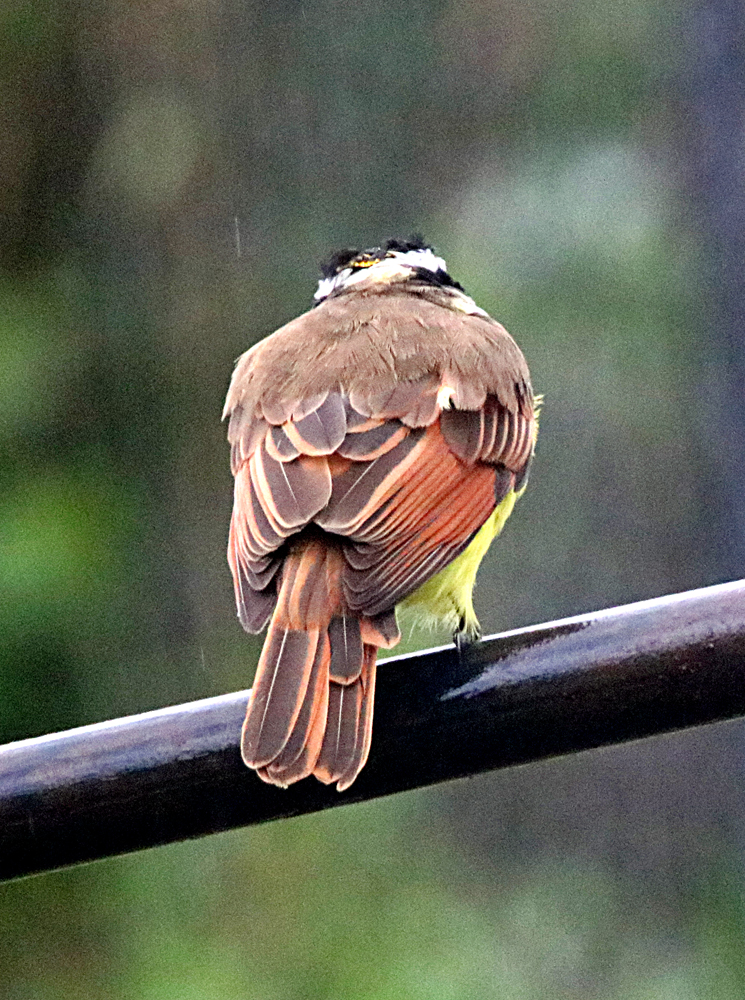
¡Pura Vida!
Yesterday, November 3, 2025, this Keel-billed Toucan (my gallery link) landed in one of my Nance Trees (though not time for the berries). In the past I always had them in my Cecropia Tree, but it is dying and I think they sense that and avoid the tree. My last shot of this Keel-billed Toucan was last November ’24 from my garden but in a tree uphill from me in a neighbor’s tree, two Toucans with a Chachalaca! 🙂 The last of this species in my garden was in January 2023! So I was quite pleased yesterday! And booted the October photo scheduled for tomorrow up to November 15. 🙂 Yes, I have my blog photos scheduled more than 10 days ahead now and will be adding November shots after that. But I did not want to wait until the 15th for these two shots with many more made and in the gallery.
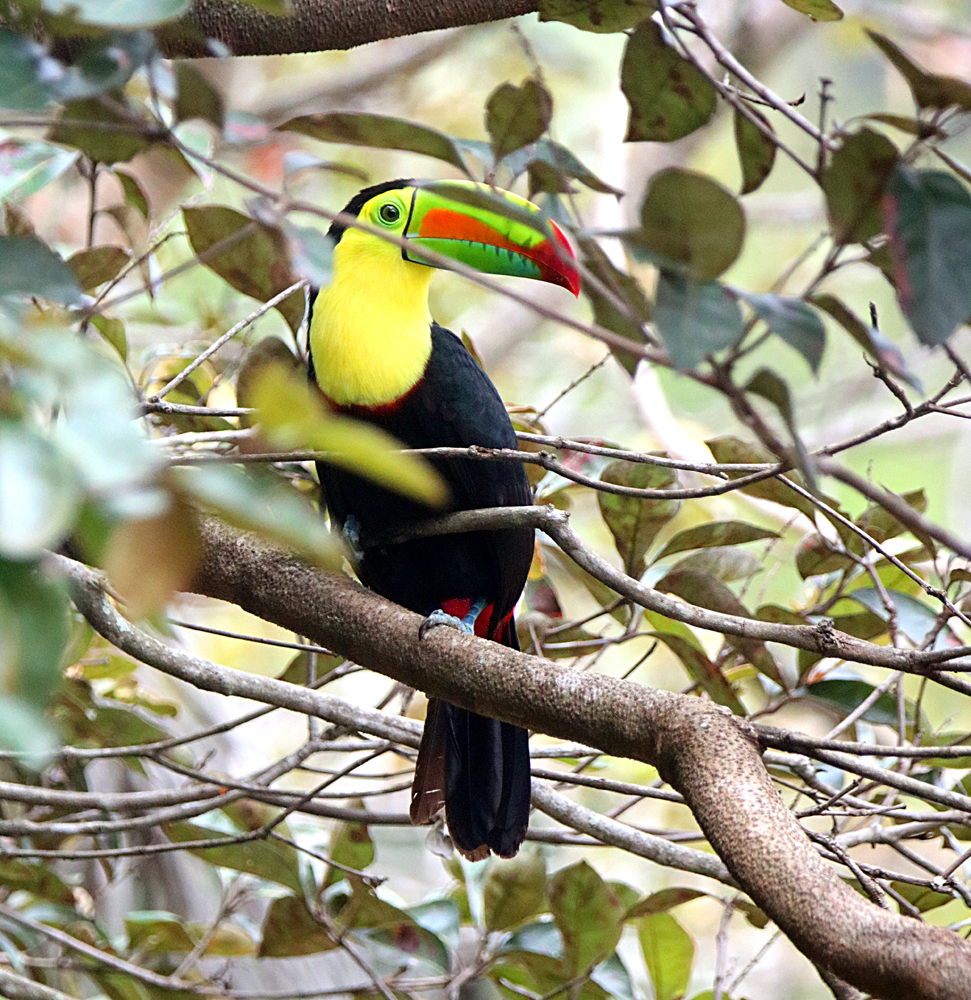
This striking flycatcher I’ve see on 3 trips, 3 times in my yard and once on Calle Nueva here in town. See the pix in my gallery at Streaked Flycatcher, Myiodynastes maculatus. Here’s two shots from my garden this month . . .
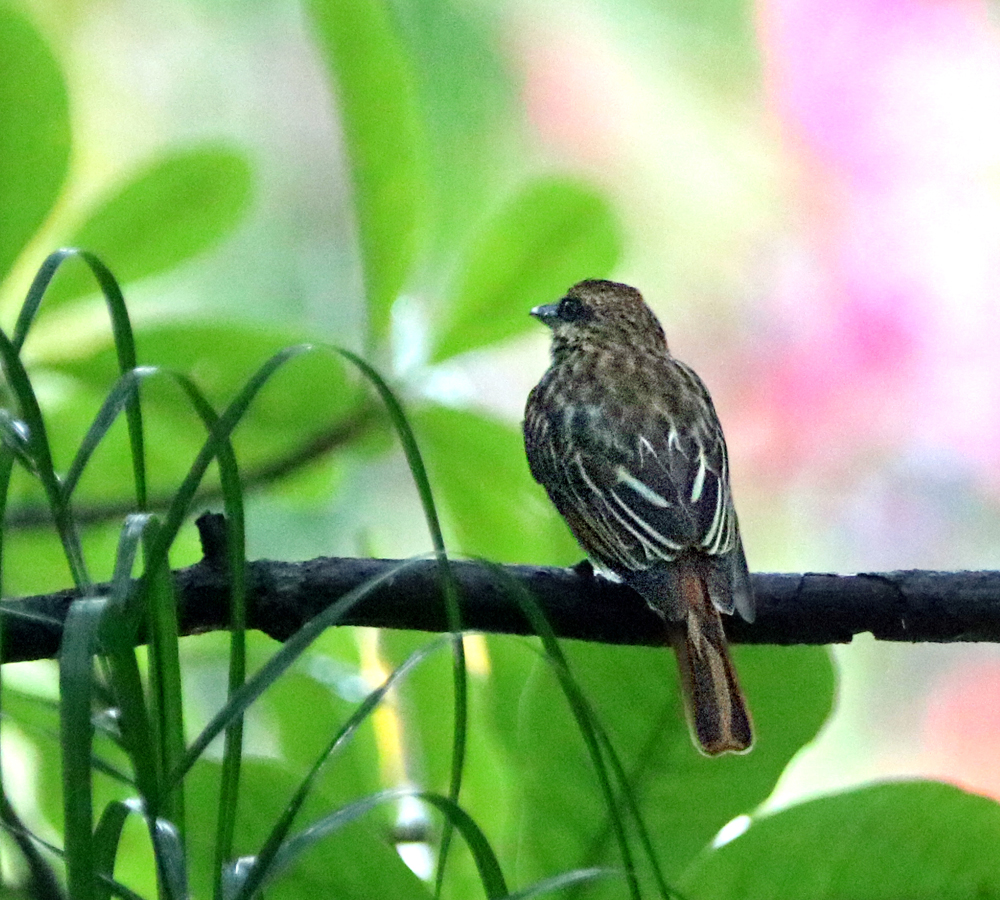
This one with the bright blue tail is probably my second most common hummingbird this year after Rufous-tail, followed by Canivet’s Emerald which I photographed near the same time as this blue-vented, but the photos aren’t good enough to share. And you can see much better photos of this one in my gallery Blue-vented Hummingbird, Saucerottei hoffmanni OR Saucerrotia amazilia. Glad there are a few interesting birds as my butterflies are slacking off a little. Two so-so photos . . .
